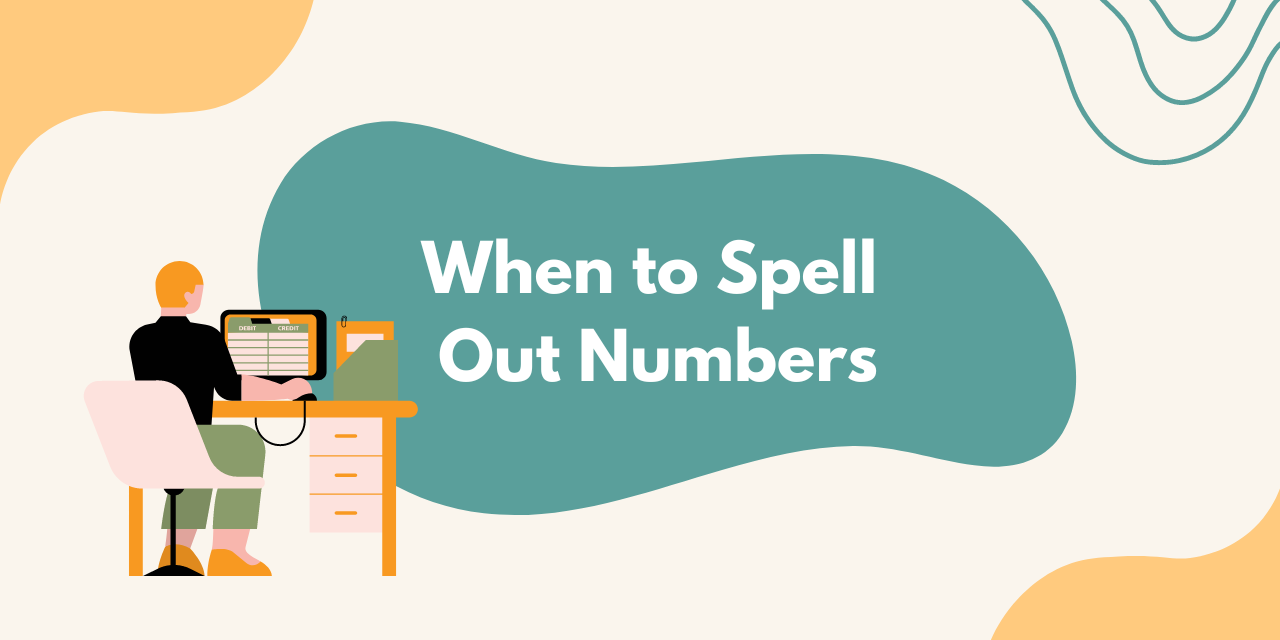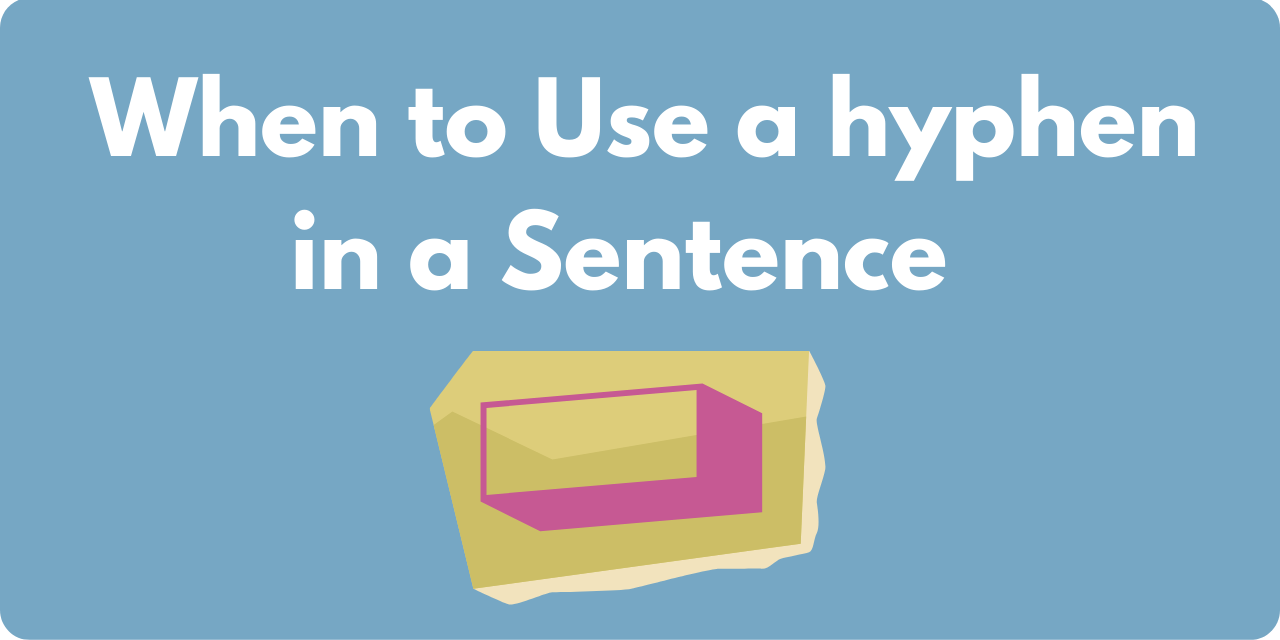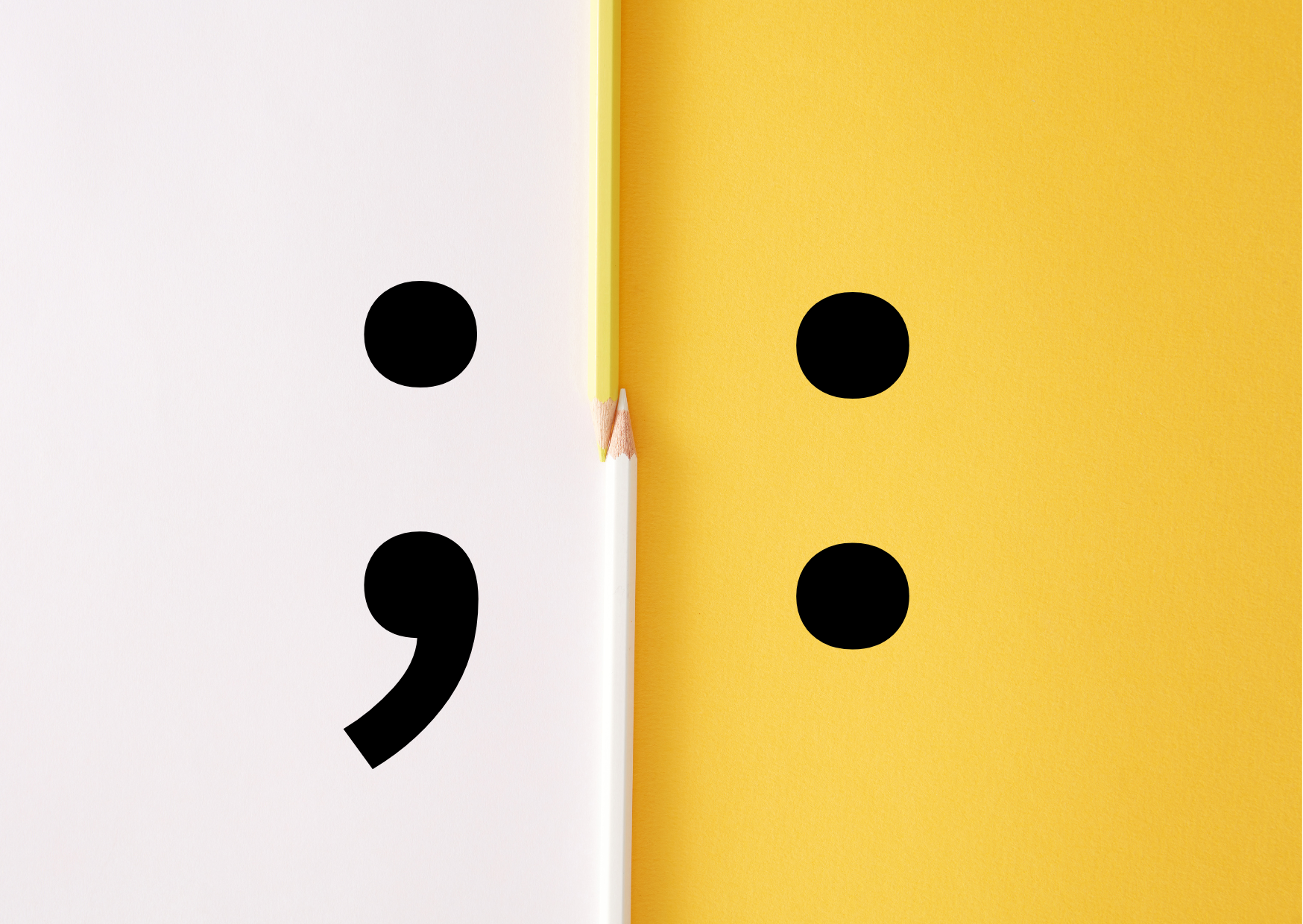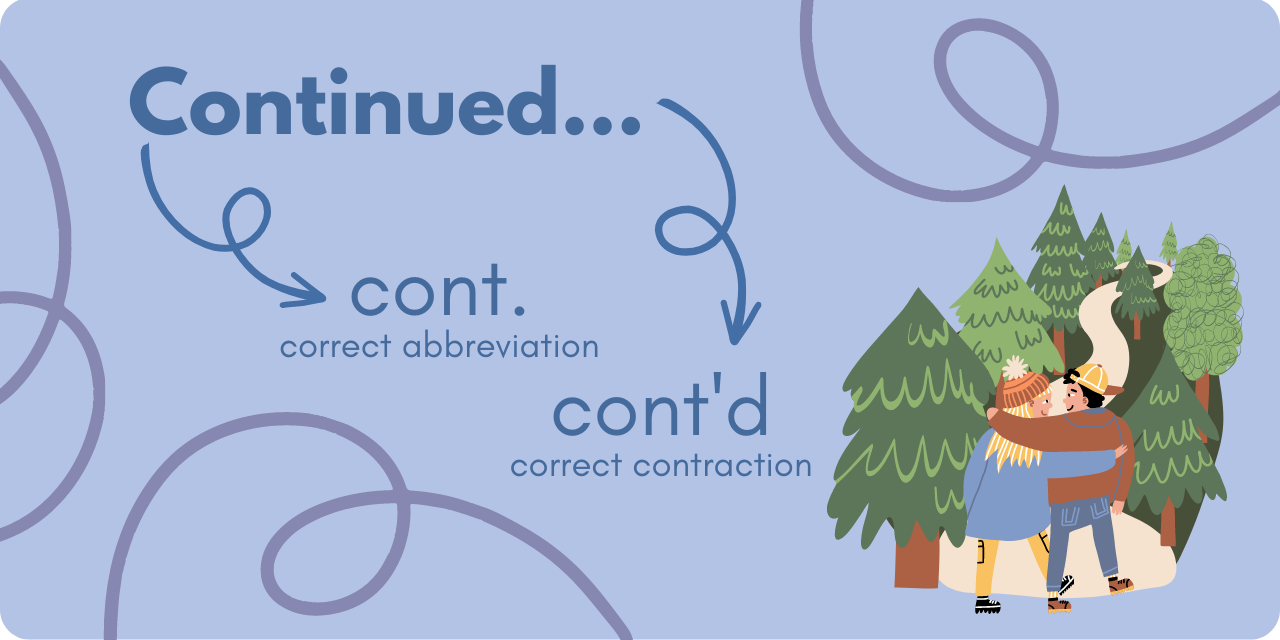The proper placement of questions marks inside and outside of quotation marks can be confusing to many writers. This question also applies for all other punctuation, such as colons, semicolons, commas, and more.
Let’s take a look at how and when you should use question marks (and other punctuation) within and around quotes.
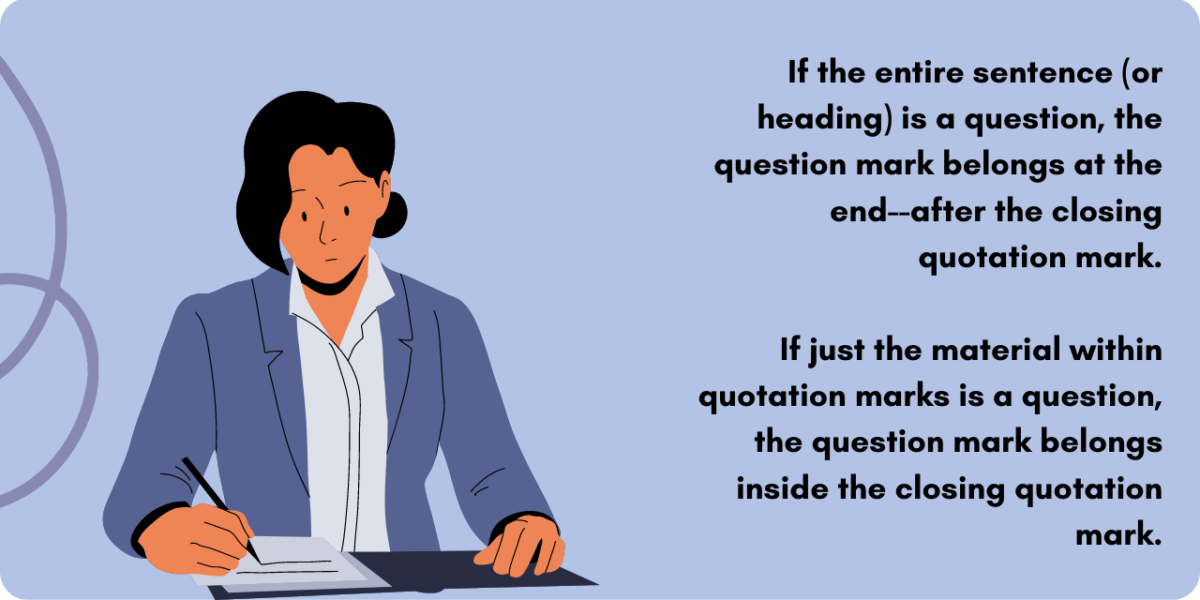
What Are Quotes Used For?
Although it may seem like a simple question, quotes can be extremely diverse and complex tools in the English language. In their basic form, quotes are used to show a direct copy of some original sentence in a way that lets readers know it is from a different author.
Quotes use exact words without any difference between the source material and end material. In contrast, paraphrasing rewords something written or spoken without having to directly quote it. Paraphrasing is sometimes referred to as “indirect quotations,” as they function like quotations without an actual direct quote.
When used in essays and academic writing, quotes are often used to cite information from other scholars. It allows for information to be used in multiple works, and for credit to be spread among authors. Because of their complexity, many academic fields have different rules for using quotation marks, which is why each instructor will typically provide their students with a unique guide.
Quotes don’t have to be used solely for academic pursuits, though. For instance, in short stories, poems, and other creative feats, quotes can show that a character is talking, or be used to convey a message to a reader.
How to Use Question Marks With Quotes
With question marks, you should place them outside of the quotation marks if the whole statement is a question. As long as the sentence inside the quotes isn’t a question on its own, you should place the question mark at the end of a sentence. For example:
- Do you think that there is more room for the “special surprise”?
- I was wondering if the “Father-Daughter Dream Dance” was here?
In contrast, if the sentence inside the quotes stands alone as a question, the question mark should be placed within the quotes. For example:
- The lady over there asked, “Who are you?”
- Jack heard the man over there asking “Is there a train coming later in the day?”
Quotes in American English and British English
Different English dialects have different formatting rules when it comes to the use of quotation marks, which adds another level of complexity to this issue.
In American English, double quotation marks are the standard for showing the use of direct quotes. Additionally, if there is a quotation within part of the quoted material, single quotation marks are used.
Minding these rules is important, as most Americans are extremely accustomed to this type of quotation punctuation. American English is contained mainly within the United States of America and isn’t used much elsewhere throughout the world.
In contrast, British English dialects flip this. In the dialect, singular quotes indicate a direct quotation and double quotes to indicate a quote within an original quotation. As a reminder, British English rules are used in many countries throughout the world, such as New Zealand, Australia, and sometimes Canada!
Using Other Punctuation Marks
Many people also wonder what rules dictate the use of other punctuation marks within quotations. Other types of punctuation such as periods, commas, dashes, and colons all have specialized rules. Luckily, punctuation that is similar to a question mark usually follow similar rules
For instance, commas should be used directly before a quote to indicate a quote is occurring. This is especially true if a word such as “says,” “saying,” or “said” comes before. If some description of how a quote was said, or who said the quote follows a quoted passage, you should also include a comma after the citation. For instance:
- “Take him out to the park,” she said.
- “I’ll have another drink please,” he stammered.
Periods also have pretty specific rules. You should place a period at the end of a quote if it is the end of the sentence. Regardless of if your quote indicates the end of the quoted material, punctuation marks such as periods and exclamation marks should be used at the end if the sentence is over.
As mentioned earlier, other punctuation marks can have extremely different or similar rules to these depending on their usage and regularity. For most scenarios, you will likely have to do some research to understand the rules of each on their own.


